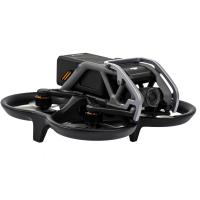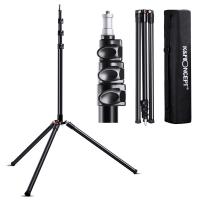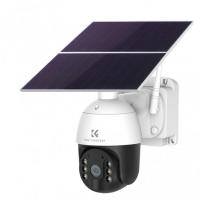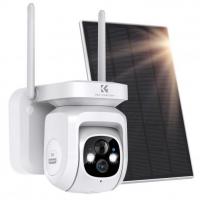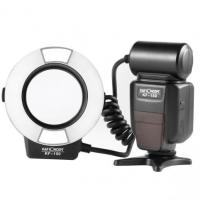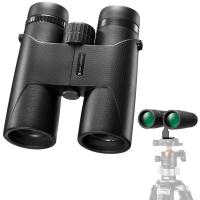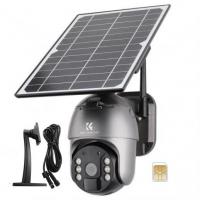How Do Wifi Surveillance Cameras Work?
WiFi surveillance cameras have become an integral part of modern security systems, offering a convenient and efficient way to monitor homes, offices, and other properties. These cameras leverage wireless technology to transmit video and audio data over the internet, allowing users to access live feeds and recorded footage from virtually anywhere. In this article, we will delve into the workings of WiFi surveillance cameras, exploring their components, functionality, and the benefits they offer. We will also address common concerns and provide practical tips for optimizing their use.
Components of WiFi Surveillance Cameras
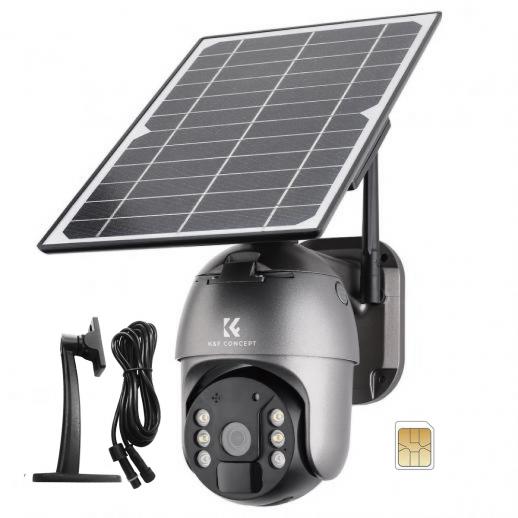
WiFi surveillance cameras consist of several key components that work together to capture and transmit video and audio data:
1. Camera Lens and Image Sensor: The camera lens focuses light onto the image sensor, which converts the light into electrical signals. The image sensor can be either CCD (Charge-Coupled Device) or CMOS (Complementary Metal-Oxide-Semiconductor), with CMOS sensors being more common in modern cameras due to their lower power consumption and cost.
2. Processor: The processor handles the encoding and compression of video and audio data. It ensures that the data is in a format suitable for transmission over the internet.
3. WiFi Module: The WiFi module enables the camera to connect to a wireless network, allowing it to transmit data to a router and, subsequently, to the internet.
4. Power Supply: WiFi cameras can be powered through various means, including AC adapters, batteries, or Power over Ethernet (PoE).
5. Storage: Some WiFi cameras come with built-in storage options, such as SD cards, while others rely on cloud storage services to save recorded footage.
6. Software and Firmware: The camera's software and firmware control its operation, including motion detection, night vision, and other features. They also facilitate communication with mobile apps and other devices.
How WiFi Surveillance Cameras Work
The operation of WiFi surveillance cameras can be broken down into several steps:
1. Installation and Setup: The first step involves installing the camera in the desired location and connecting it to a power source. Users then connect the camera to their WiFi network using a mobile app or web interface. This process typically involves scanning a QR code or entering the network credentials.
2. Capturing Video and Audio: Once connected, the camera continuously captures video and audio data. The image sensor converts the light into electrical signals, which are then processed and compressed by the camera's processor.
3. Data Transmission: The compressed data is transmitted over the WiFi network to a router. From there, it is sent to a cloud server or a local storage device, depending on the camera's configuration.
4. Remote Access: Users can access the live feed and recorded footage through a mobile app or web interface. This allows them to monitor their property in real-time and review past events from anywhere with an internet connection.
5. Alerts and Notifications: Many WiFi cameras come with motion detection and other smart features. When motion is detected, the camera can send alerts and notifications to the user's mobile device, allowing them to take immediate action if necessary.
Benefits of WiFi Surveillance Cameras
WiFi surveillance cameras offer several advantages over traditional wired systems:
1. Ease of Installation: The absence of cables makes installation simpler and more flexible. Users can place the cameras in locations that would be difficult or impossible to reach with wired systems.
2. Remote Monitoring: The ability to access live feeds and recorded footage from anywhere provides peace of mind and convenience. Users can check on their property while at work, on vacation, or even from another country.
3. Scalability: Adding additional cameras to a WiFi system is relatively straightforward. Users can expand their surveillance coverage without the need for extensive rewiring.
4. Smart Features: Many WiFi cameras come with advanced features such as motion detection, night vision, two-way audio, and integration with smart home systems. These features enhance the functionality and effectiveness of the surveillance system.
Common Concerns and Solutions
Despite their benefits, WiFi surveillance cameras also come with some challenges and concerns:
1. Network Security: Since WiFi cameras transmit data over the internet, they can be vulnerable to hacking and unauthorized access. To mitigate this risk, users should ensure that their cameras and network are secured with strong passwords and encryption. Regularly updating the camera's firmware can also help protect against security vulnerabilities.
2. Bandwidth Usage: Streaming high-definition video can consume significant bandwidth, potentially affecting the performance of other devices on the network. Users can manage bandwidth usage by adjusting the camera's resolution and frame rate settings. Some cameras also offer features such as motion-triggered recording, which reduces the amount of data transmitted.
3. Power Supply: WiFi cameras require a reliable power source to function. Battery-powered cameras offer flexibility but need regular recharging or battery replacement. Users should consider their power needs and choose a camera with an appropriate power supply option.
4. Storage Costs: Cloud storage services often come with subscription fees, which can add up over time. Users should evaluate their storage needs and consider options such as local storage or hybrid solutions that combine local and cloud storage.
Practical Tips for Optimizing WiFi Surveillance Cameras
To get the most out of WiFi surveillance cameras, users should consider the following tips:
1. Optimal Placement: Position cameras in strategic locations to maximize coverage and minimize blind spots. Common areas to monitor include entry points, driveways, and high-traffic areas.
2. Regular Maintenance: Keep the camera lenses clean and free of obstructions. Regularly check the camera's firmware and update it as needed to ensure optimal performance and security.
3. Network Optimization: Ensure that the WiFi network is robust and capable of handling the data load. Consider using a dual-band router or a mesh network to improve coverage and reduce interference.
4. Privacy Considerations: Be mindful of privacy laws and regulations when installing cameras. Avoid placing cameras in areas where individuals have a reasonable expectation of privacy, such as bathrooms or bedrooms.
5. Integration with Other Systems: Integrate WiFi cameras with other smart home devices and security systems for enhanced functionality. For example, linking cameras with smart doorbells, lights, and alarms can create a comprehensive security solution.
WiFi surveillance cameras offer a versatile and convenient solution for monitoring properties and enhancing security. By understanding their components, functionality, and benefits, users can make informed decisions and optimize their use. Addressing common concerns and following practical tips can further enhance the effectiveness and reliability of WiFi surveillance cameras, providing peace of mind and protection for homes and businesses alike.


